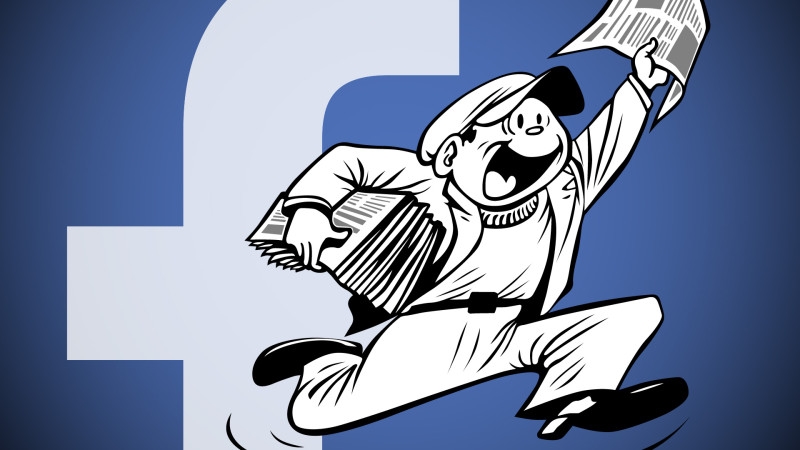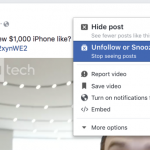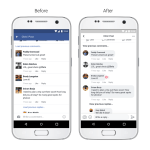Facebook will no longer flag fake news link with ‘Disputed’ label
People are less likely to share a fake news article if they’re shown links evidencing its falsehoods instead of a claim that it’s false, per Facebook.

Facebook’s effort to combat fake news isn’t working. So the company is trying a different tact.
Almost exactly a year ago Facebook announced that it would enable people to flag fake news articles so that third-party fact checkers could evaluate their veracity and, if considered false, flag them as “Disputed.” However that labeling system may have done no good, if not more harm than good.
“Academic research on correcting misinformation has shown that putting a strong image, like a red flag, next to an article may actually entrench deeply held beliefs – the opposite effect to what we intended,” Facebook product manager Tessa Lyons wrote in a company blog post published on Wednesday.
Now Facebook has decided to stop appending the “Disputed” label to links. Instead it will attach links to related articles that can give more context to a potentially fake article and evidence of its falsehoods. According to Facebook, these related articles may do a better job of convincing people that a story is untrue and circumventing its spread across the social network.
“We’ve found that when we show Related Articles next to a false news story, it leads to fewer shares than when the Disputed Flag is shown,” Lyons wrote.
In a separate blog post, Facebook product designer Jeff Smith, user experience researcher Grace Jackson and content strategist Seetha Raj offered a deeper explanation for why the “Disputed” flag fell short. In addition to aggravating people by calling their beliefs into question and forcing them to go through too many steps to see why an article was disputed, Facebook struggled to expediently label a link as “Disputed” and stem it from spreading across the social network.
“Disputed flags were only applied after two third-party fact-checking organizations determined an article was false because it was a strong visual signal and we wanted to set a high bar for where we applied it. Requiring two false ratings slowed down our ability to provide additional context and often meant that we weren’t able to do so at all,” according to the blog post.
Additionally Facebook didn’t label all links whose facts were in dispute as false. “Some of our fact-checking partners use a range of ratings. For example, they might use ‘false,’ ‘partly false,’ ‘unproven,’ and ‘true.’ We only applied Disputed flags to ‘false’ ratings because it was a strong visual signal,” wrote Smith, Jackson and Raj.
To bolster its latest attempt to fight fake news, Facebook is also “starting a new initiative to better understand how people decide whether information is accurate or not based on the news sources they depend upon,” according to Lyons. She did not provide details of what exactly that initiative will entail but wrote that it “will not directly impact News Feed in the near term.”
Marketing Land – Internet Marketing News, Strategies & Tips
(38)














